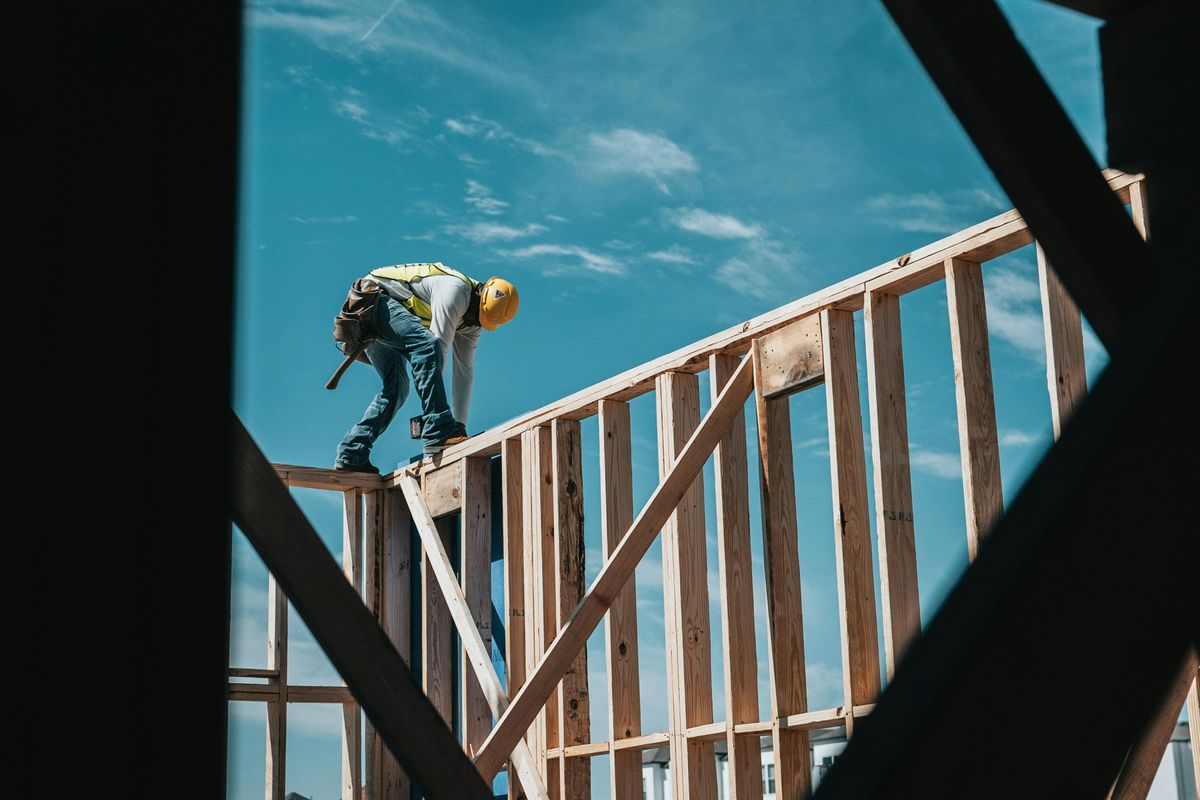Much has been made about the recent price slowdown experienced in real estate markets across Canada and what that bodes for the economy -- but rather than fear a value crash, an economist from Desjardins says cooler prices will bring about much-needed balance and stability.
As the bank’s Chief Economist and Strategist Jimmy Jean wrote in an investor note Tuesday, “Canadian housing is coming out of two years of torrid activity. Some might even say it’s a bubble market.”
“As the market cools, we can expect to see more rational expectations, less erosion of affordability, and yes, slower growth -- all healthy side effects. Absent a recession, rebalancing should be manageable from a macro or financial system perspective.”
The Bank of Canada recently pointed to over-indebted homeowners -- especially those who had taken out jumbo-sized mortgages in the last 24 months at the market’s pandemic-induced peak -- to be on the key vulnerabilities facing the overall economy.
“The Bank is paying particular attention to the fact that a greater number of Canadian households are carrying high levels of mortgage debt,” states their Financial Systems Review, released last week. “These households are more vulnerable to declines in income and rising interest rates. While the sharp increase in house prices over the past year has resulted in significant equity gains for many households, those who entered the housing market in the last year or so would be more exposed in the event of a significant price correction.”
READ: Today’s Mortgage Costs Have Hit 1980s Levels: BMO
Canada’s real estate market is a main contributor to GDP, accounting for 10%, and outranking manufacturing, mining, and oil and gas extraction.
Now, as the Bank of Canada (BoC) embarks on an aggressive hiking cycle in order to tame inflation, concerns are growing that it’ll cause a considerable drop in homebuyer demand, as well as existing homeowners’ abilities to service their debt.
The BoC implemented its first hike in March, raising the Overnight Lending Rate by 0.25% to 0.5%. Since then, it has increased rates twice more -- at half a percentage each -- bringing the cost of borrowing benchmark to 1.5%. And, it’s anticipated there are at least a couple of super-sized hikes left in policy makers’ arsenals, in order to reach a neutral range between 2.5 - 3% as quickly as possible.
The likelihood of additional BoC hikes is also supported by similar expectations south of the border, as the U.S. Federal Reserve has signalled it’s comfortable with implementing larger-than-usual hikes as it fights inflation, which hit a scathing 40-year high of 8.6% in its May reading.
National home sales tumbled 12% following the BoC’s first hike, resulting in the MLS Home Price Index dipping by 0.6% on a monthly basis in April. In the Greater Toronto Area, home prices have fallen nearly 10% from February 2022, which is now known to be the market’s peak. It’s a clear sign that markets are in a phase of price discovery, following a 50% run up in some locales over the course of the pandemic. A previous analysis from Desjardins forecasts prices could drop by as much as 15% by 2023, as a result of rising interest rates.
However, as Jean points out, it’ll lead the market to an overall more stable place.
“The trends over the last two years were both unsustainable and unhealthy,” he writes. Buyers competing against each other felt compelled to submit bids well above asking prices. Some even bought sight unseen. In some markets, home inspection contingencies disappeared from offers.”





















